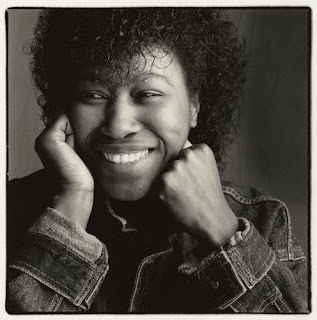I know, I'm always saying this, but I
love the blogging community. I am fortunate enough to have the most generous and inspiring blog friends. Last week, my dear friend
FireLight, knowing how much I love, not only poetry, but children's books, as well, surprised me with a splendid gift.
Leave Your Sleep is
Natalie Merchant's new album, just released in April; a double CD with 25 tracks in a variety of styles, from reggae to klezmer, from orchestra-and-voice to bluegrass. This album is so unique because the songs are settings for poems by e.e. cummings, Rachel Field, Robert Graves, Gerard Manley Hopkins, Ogden Nash, Robert Louis Stevenson, and others.
As Merchant set the poems to music, she called on 130 musicians, in groups as diverse as the Irish band Lunasa; session greats the Memphis Boys; the Chinese Music Ensemble of New York; the Klezmatics; jazz-jam band Medeski, Martin and Wood; and playful L.A. girl duo the Ditty Bops. It truly is an anthology of not only poets, but musicians, as well. What started out to be a children's album, grew into something quite special, that's not just for kids.
 |
| Albert Bigelow Paine |
Below is a sample of one of the songs, the poem "The Dancing Bear" by Albert Bigelow Paine. I absolutely
adore the fabulous Eastern European klezmer feel to this piece.
Paine (1861–1937) was an American author and biographer best known for his work with Mark Twain. Paine was a member of the Pulitzer Prize Committee and wrote in several genres, including fiction, humour, and verse. He also wrote several children's books, the first of which was published in 1898. For a time he served as an editor of St. Nicholas Magazine, a leading children's periodical of the time.
Take a listen. I've added the words to the poem, too.
THE DANCING BEAR
Oh, it's fiddle-de-dum and fiddle-de-dee,
The dancing bear ran away with me;
For the organ-grinder he came to town
With a jolly old bear in a coat of brown.
And the funny old chap joined hands with me,
While I cut a caper and so did he.
Then 'twas fiddle-de-dum and fiddle-de-dee,
I looked at him, and he winked at me,
And I whispered a word in his shaggy ear,
And I said, "I will go with you, my dear."
Then the dancing bear he smiled and said,
Well, he didn't say much, but he nodded his head,
As the organ-grinder began to play
"Over the hills and far away."
With a fiddle-de-dum and a fiddle-de-dee;
Oh, I looked at him and he winked at me,
And my heart was light and the day was fair,
And away I went with the dancing bear.
Oh, ’tis fiddle-de-dum and fiddle-de-dee,
The dancing bear came back with me;
For the sugar-plum trees were stripped and bare,
And we couldn't find cookies anywhere.
And the solemn old fellow he sighed and said,
Well, he didn't say much, but he shook his head,
While I looked at him and he blinked at me
Till I shed a tear and so did he;
And both of us thought of our supper that lay
Over the hills and far away.
Then the dancing bear he took my hand,
And we hurried away through the twilight land;
And 'twas fiddle-de-dum and fiddle-de-dee
 Paul McCartney wrote the song "Little Willow" in memory of Ringo Starr's first wife, Maureen Cox Starkey, who died of cancer in 1994. Paul had remained close with Maureen and her children, and wrote this song to comfort her grieving family. The song appears on the album Flaming Pie, 1997, and was included on the CD Diana, Princess of Wales: Tribute, 1997. I adore it's simple words and its lovely calming effect works on me every time I listen.
Paul McCartney wrote the song "Little Willow" in memory of Ringo Starr's first wife, Maureen Cox Starkey, who died of cancer in 1994. Paul had remained close with Maureen and her children, and wrote this song to comfort her grieving family. The song appears on the album Flaming Pie, 1997, and was included on the CD Diana, Princess of Wales: Tribute, 1997. I adore it's simple words and its lovely calming effect works on me every time I listen.








































